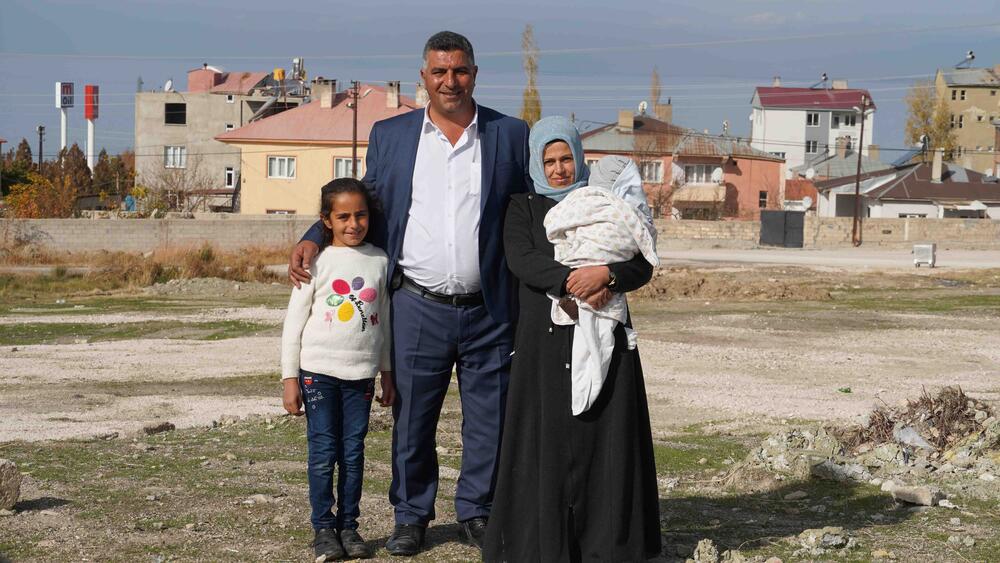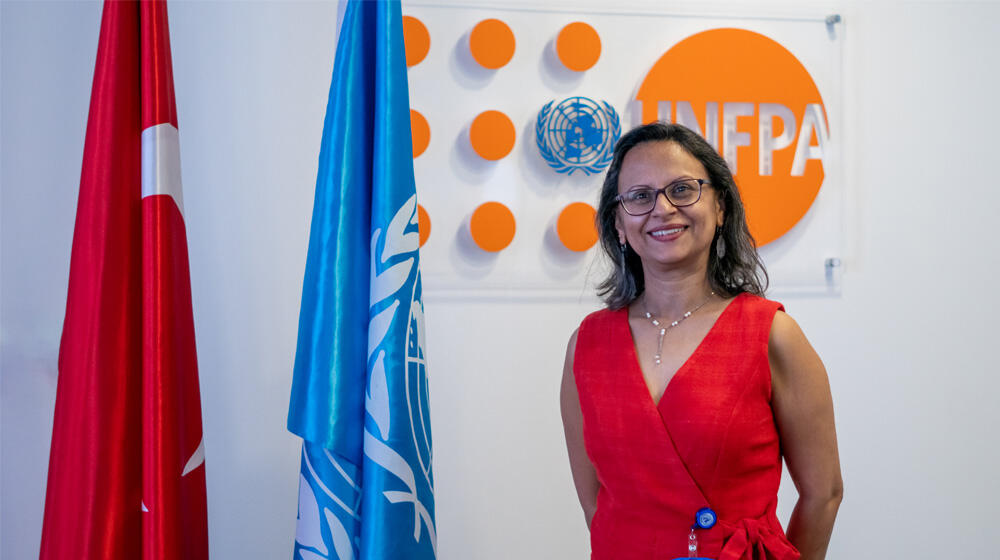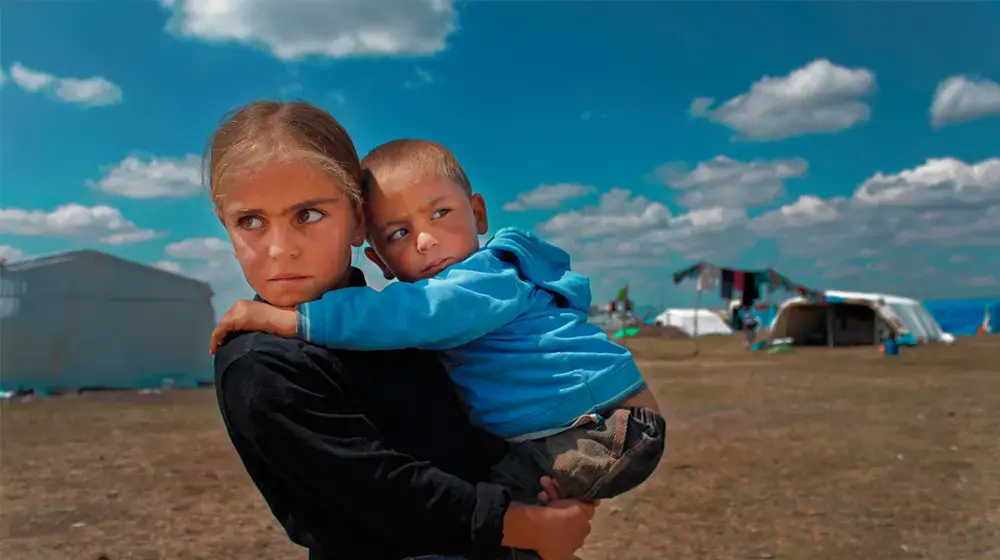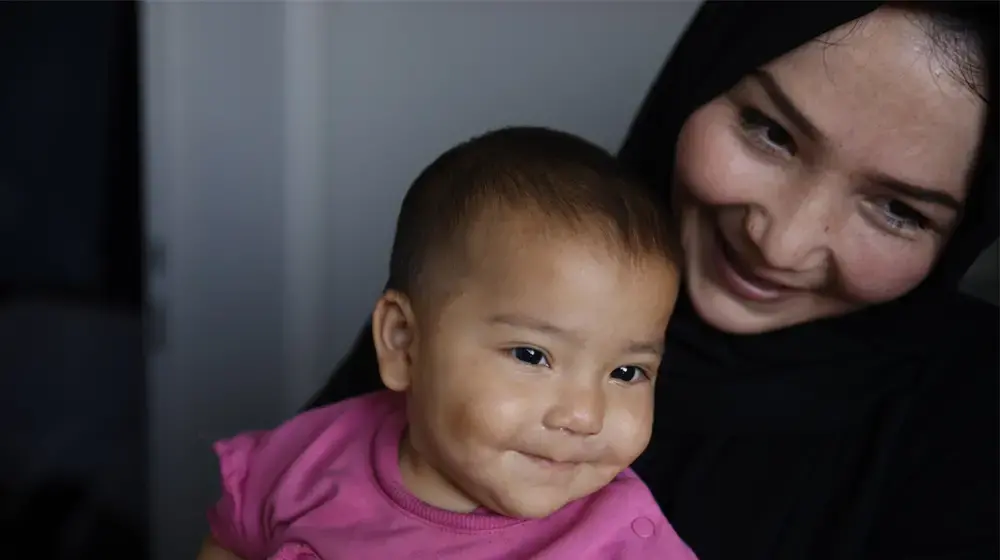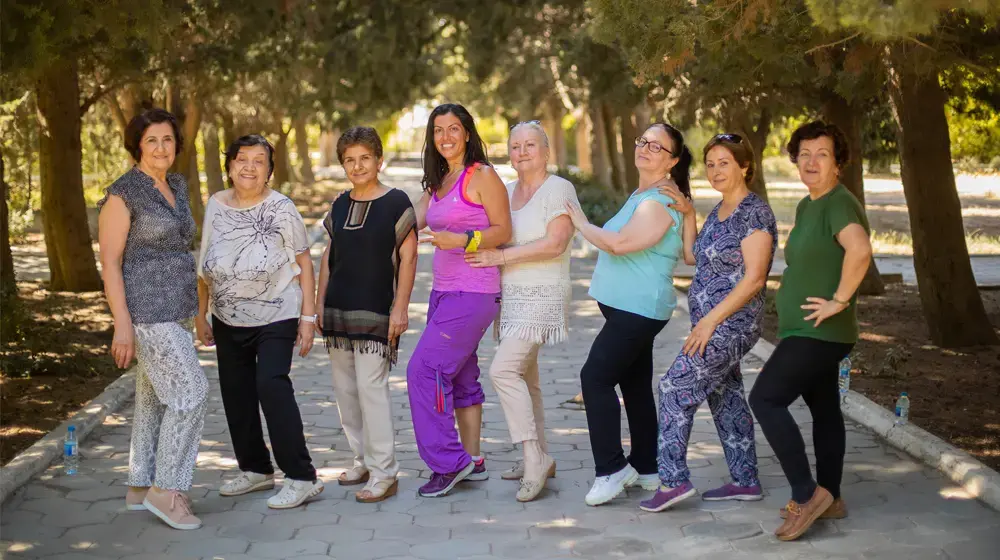Reaching desired family size - supporting individuals and couples
Such a personal matter, so much external attention and such major consequences…
By Mariam A. Khan
One of the most important decisions in an individual or couple’s life is if, when and how many children to have and who to have them with.
For years, the world was grappling with the challenge of people wishing to have fewer children, and successful efforts were made in many countries to facilitate access to manage and time reproduction, with the overwhelming bulk of efforts focusing on the female body.
With the success of improved reproductive health care, economic opportunities and bodily autonomy have given individuals and couples choices and people are often choosing to have fewer children, later in life. Consequently, as demographic data shows a decline in the average number of children per woman, we are seeing a new rhetoric emerge from regions and countries experiencing this decline in childbearing. The rhetoric is one of concern that too few children are being born, and the narrative focuses yet again on women’s bodies, on how to persuade women to have more children, in some cases limiting their choices by reducing access to reproductive health information, choices and care.
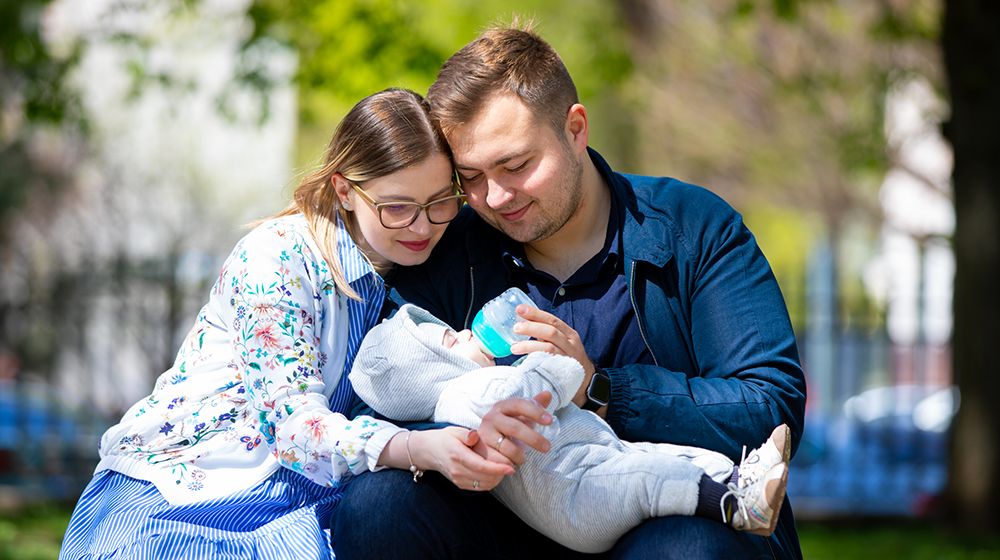
UNFPA, the UN Population Fund’s mandate focuses on rights and choices for all to decide freely and responsibly, if, when and how many children to have, be it, in countries where the average number of children per woman is higher than desired family size or in countries where the desired number of children is lower than desired family size.
UNFPA works with countries to inform women and couples about their rights, to decide responsibly and freely on the number, timing and spacing for pregnancies, with the understanding that, when given the right information and access to quality services, people will largely make decisions that are positive for them and their communities. This is why UNFPA advocates for a rights and choices approach and not a numbers approach to family size.
The 2 critical questions for those in positions of responsibility to support women and couples is to;
i) be aware of the desired fertility size ie how many children are desired as compared to actual; and
ii) to ask and understand emotional, social, economic and time related reasons for discrepancy between desired and actual family size.
When done to scale this allows for the design of adequate health, social and economic policy, infant and child care, schooling investments etc.
An interesting example is from Turkiye, a country of 85 million inhabitants also hosting one of the world’s largest - approximately 3.4 million refugees. Data shows us that, while on average Turkish women are having fewer children than they desire, on average, refugee women are having more children than they desire.
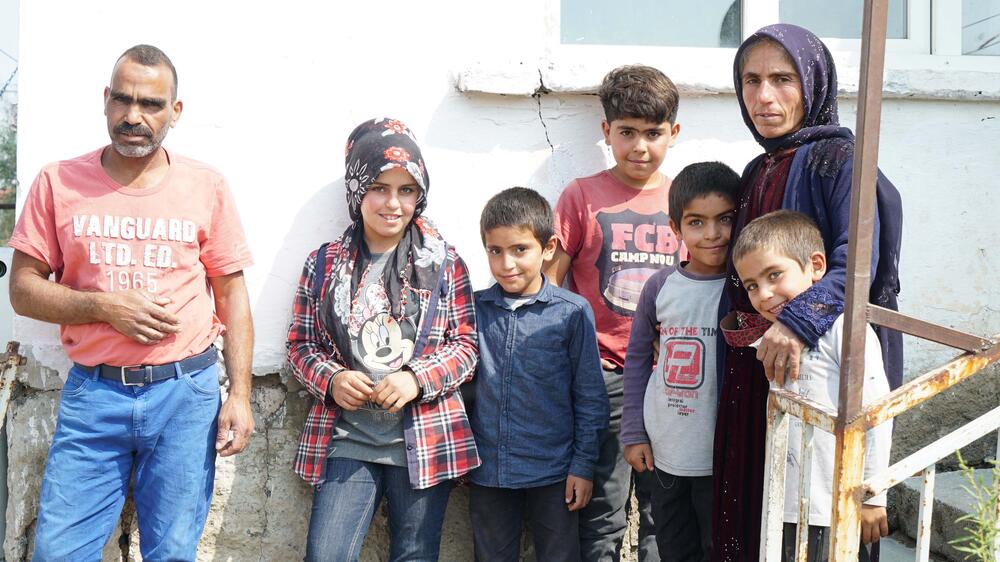
The reason for the difference is what should drive the policy and other investments. It's important to remember, neither Turkish women nor refugee women are a homogenous group, same for women all over the world. So the desired family size and reasons for difference with actual size of family need to be well understood at the individual level for health service providers who can help women/couples with the relevant health based services be it to limit fertility or assist with fertility. All other mechanisms and interventions designed to support people’s fertility choices require high quality, well analysed data to understand why certain groups of people are not able to meet their desired fertility.
Asking women, men and couples the right questions including on aspirations and fears - why fear? Because, increasingly data shows youth have pessimistic views of the futures due to climate change, conflict, disasters and economic distress, all of which influences their decisions around fertility. Analysing the data and using it for designing health care; day care and schools; elderly care, housing, employment and other social benefit interventions is the way to move forward in both, low and high fertility settings. This approach prioritises rights and choices and ensures that individuals and couples can continue to decide responsibly and freely on the number, timing and spacing of their children and when they have them, give every child, every opportunity to fulfill his/her potential as a parent who is well supported by the social system.
UNFPA works in over 150 countries to implement the ICPD PoA, an agenda that revolutionised the population conversation from numbers to rights and choices.
You may not know that:
- Almost 50% of all pregnancies worldwide are unplanned. The poorer and less educated a woman is, the less likely she is able to manage her fertility.
- An increase of 1 centigrade temperature increase in the week before delivery corresponds with a 6% greater likelihood of stillbirth.
- Adolescent mothers (10–19 years) face higher risks of eclampsia, pregnancy related complications and systemic infections. Babies of adolescent mothers face higher risks of low birth weight, preterm birth and severe neonatal conditions.
Interested to know more? Visit https://turkiye.unfpa.org
